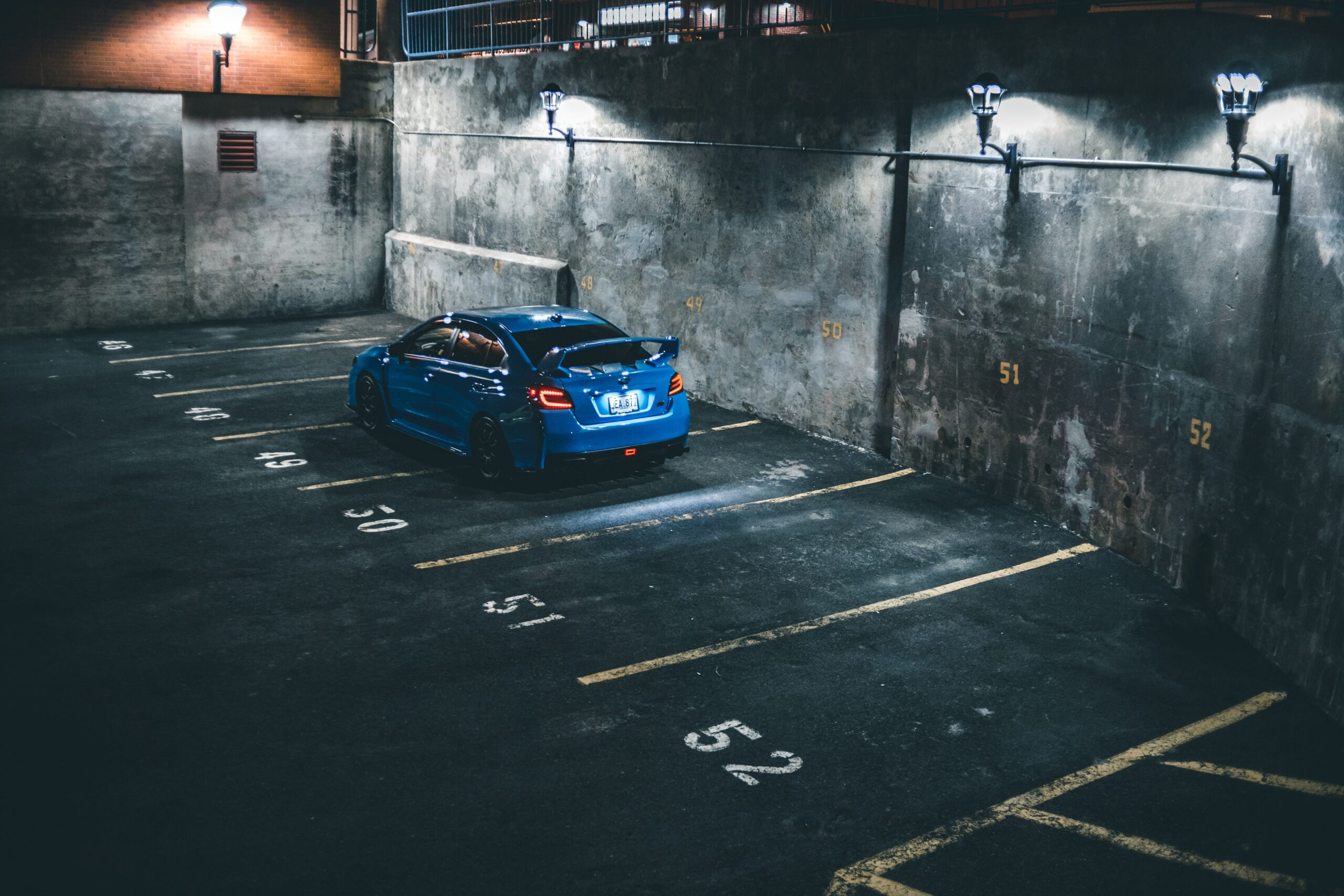Parallel parking and reversing?
That’s a lot of pressure! It doesn’t have to be so difficult. Step-by-step instructions are provided in travel area to assist you. Parallel parking and reversing can be tricky, so here are some tips to help you get through them. In addition, we discuss a Parking spaces in parking garages and on hills.

Parking In a Row With Others Vehicles:
Take your time, and don’t get intimidated by the process of parallel parking. When parking, provide adequate room for the automobile in front of you to exit their area. As a passenger, it’s a good idea to have them point you in the right direction. If you’re not comfortable with the direction you’re taking, back off and try something else. It can be hard to tell how much room you have behind you to another vehicle. Before you pull in, flash your brake lights and on your turn signal.

A Parallel Parking Spaces: Exiting
Make sure you put your car in gear before turning the wheels to the left. Turn on your hazard lights. Do not contact the behind you when backing up as far as possible without slamming on the brakes.
Make careful to scan your blind spot, as well as the vehicles around you. Proper fender clearance is required to avoid a collision with the vehicle ahead. When you are about halfway out of the parking spaces and slowly turn the wheels to the right.
The ‘S’ Method:
Make sure you’re three feet away from the car. You wish to park next turn on your signal and park your vehicle. Put your car in reverse and turn your wheels to the right as far as you can go. Stop when you get to a 45-degree angle and slowly back up.
Make sure your back tires are aligned with the back bumper of the other vehicle. Make a complete left turn with the wheels. Once you’re parallel to the curb, slowly reverse your direction of travel. If you do it correctly, you should be no more than 12 inches from the curb if you follow the rule of thumb mentioned above.

On a Hill: Park Your Car
Emergency brakes can fail, and not all car accidents occur while you’re in the vehicle. If cars are allowed to roll, they may collide with anything and cause damage or harm. That’s why learning how to park on a hill is so crucial. Turn your front wheels to the LEFT when parking UPWARDS on a hill.
Turn your wheels to the right when parking down a hill. You should park as near the curb as possible and activate your at all times. To acquire the hang of parallel parking on a hill, it is a good idea to practice in Parking Spaces.
Parking Spaces In The Opposite Direction:
More people are parking in reverse. There are fewer accidents caused by drivers backing into traffic that isn’t visible. To learn how to park in reverse, follow along with this step-by-step guide. Make a U-turn in the middle of the two lanes and park your automobile there. Make sure you have a working signal.
To find a parking spot, put the car in reverse and turn the wheel to the opposite side. Pullover to the side of the road and wait patiently for the cars behind you to pass you in their tracks before continuing on your way. If there’s a lot of traffic coming at you, don’t cross the street or turn into it unless it’s obvious. When driving backward, keep your eyes on the road ahead. Remember to check your mirrors and straighten out the wheel as you go back. It is possible to make a hard turn into space without hitting any automobiles in front of you.
Park and Rent Group:
If you’re a young driver, you’re going to have to park somewhere, whether it’s at school, concerts, movies, or shopping. Be wary of “one-way” signs or directions on the ground. You may not be able to see other drivers who are racing to get in parking spaces. As much as possible, park your automobile in a straight line and center it in the area. Avoid parking next to another vehicle that is positioned at an angle.
If you can, try to find another location. There is no justification for speeding in a parking lot or garage. Make sure the back of your automobile isn’t jutting out of the parking area. If possible, avoid parking at the end of an aisle, as this will prevent other vehicles from making fast turns. In parking garages and lots, keep an eye out for small children. Their favorite thing to do is run away from home and in front of.

It’s Perpendicular Parking Spaces:
Your automobile will be parked a lot of the time perpendicularly. With the help of these areas at supermarkets and shopping mall complexes, many people can use them.
Indicate where you’ll be parked:
Once you’ve found a parking spot and checked your mirrors, you’re good to go. Reduce the risk of being overtaken by an oncoming vehicle. Even so, it’s a good idea to double-check your mirrors and blind zones to ensure that you’re parking your vehicle in a safe and secure area after a storm.
Inspect your side mirrors in Parking Spaces:
Reverse or pull straight into the spot when parking, whichever method you choose. Knowing if another vehicle or person is approaching from behind is critical. You can do this by looking in your rearview mirror and then making a decision. Let the automobile pass you, or whether or not the driver waits for you to park.
You may still be overtaken by a cyclist, a pedestrian, or a motorcycle if they perceive you are slowing down. Checking helps you make sure it’s safe to park ahead of time.
Make sure the car is positioned in the best possible way:
Getting a decent position is all about getting the right angle. One that allows you to fit in the first time you ask. It’s a different story once the car’s back bumper is exposed. To avoid it, you’ll need enough area to get around it and fit inside the room in Parking Spaces.


